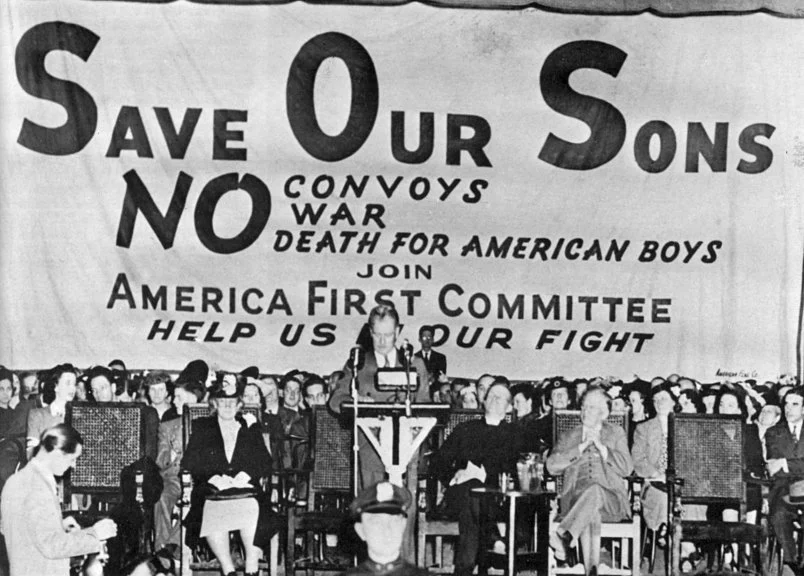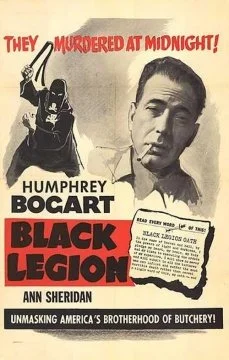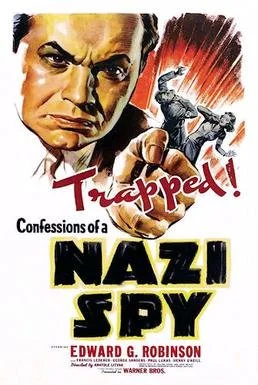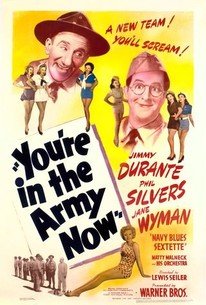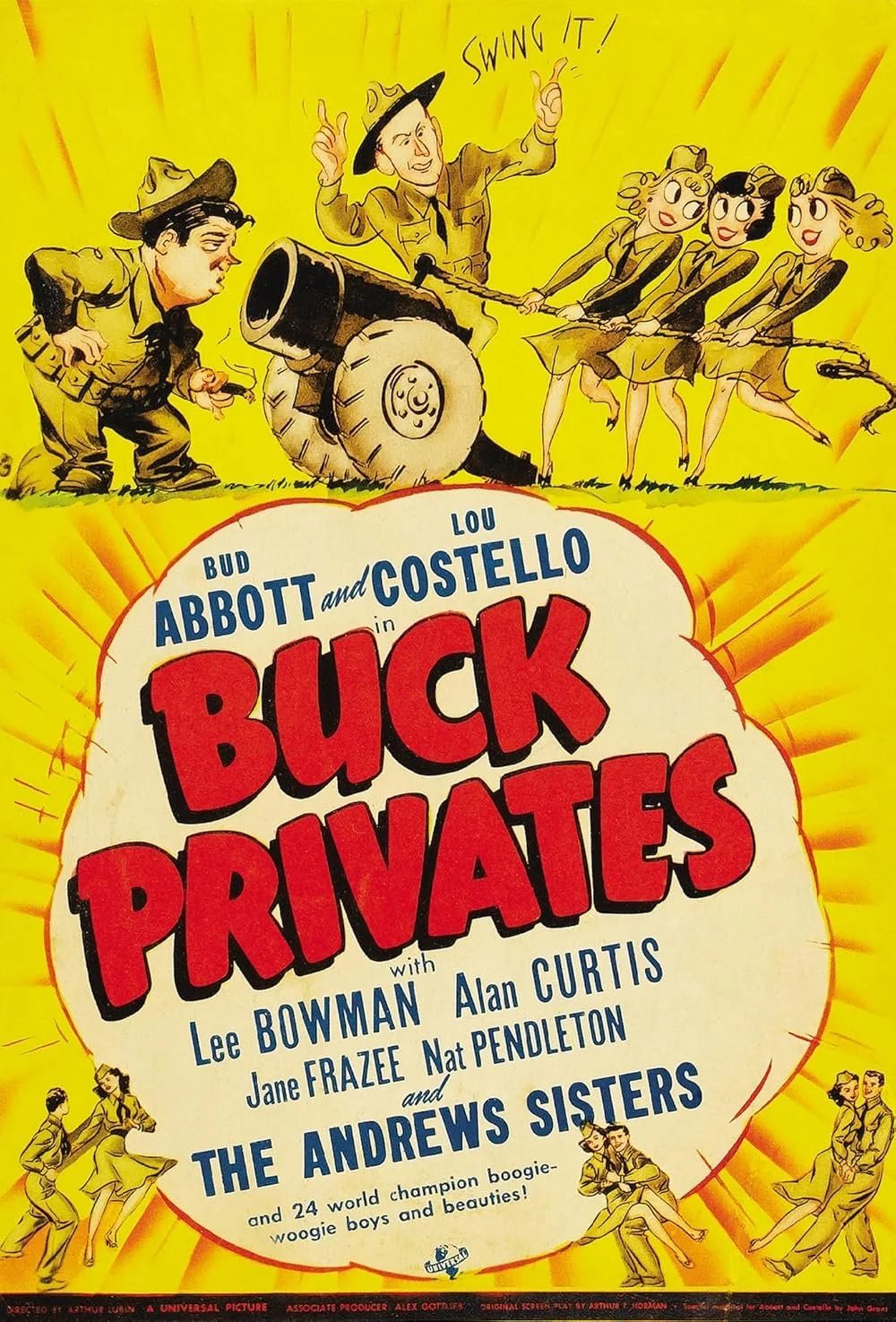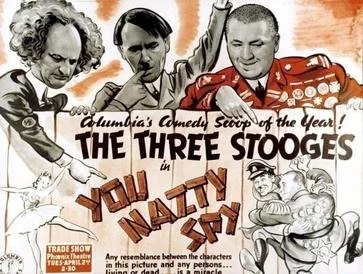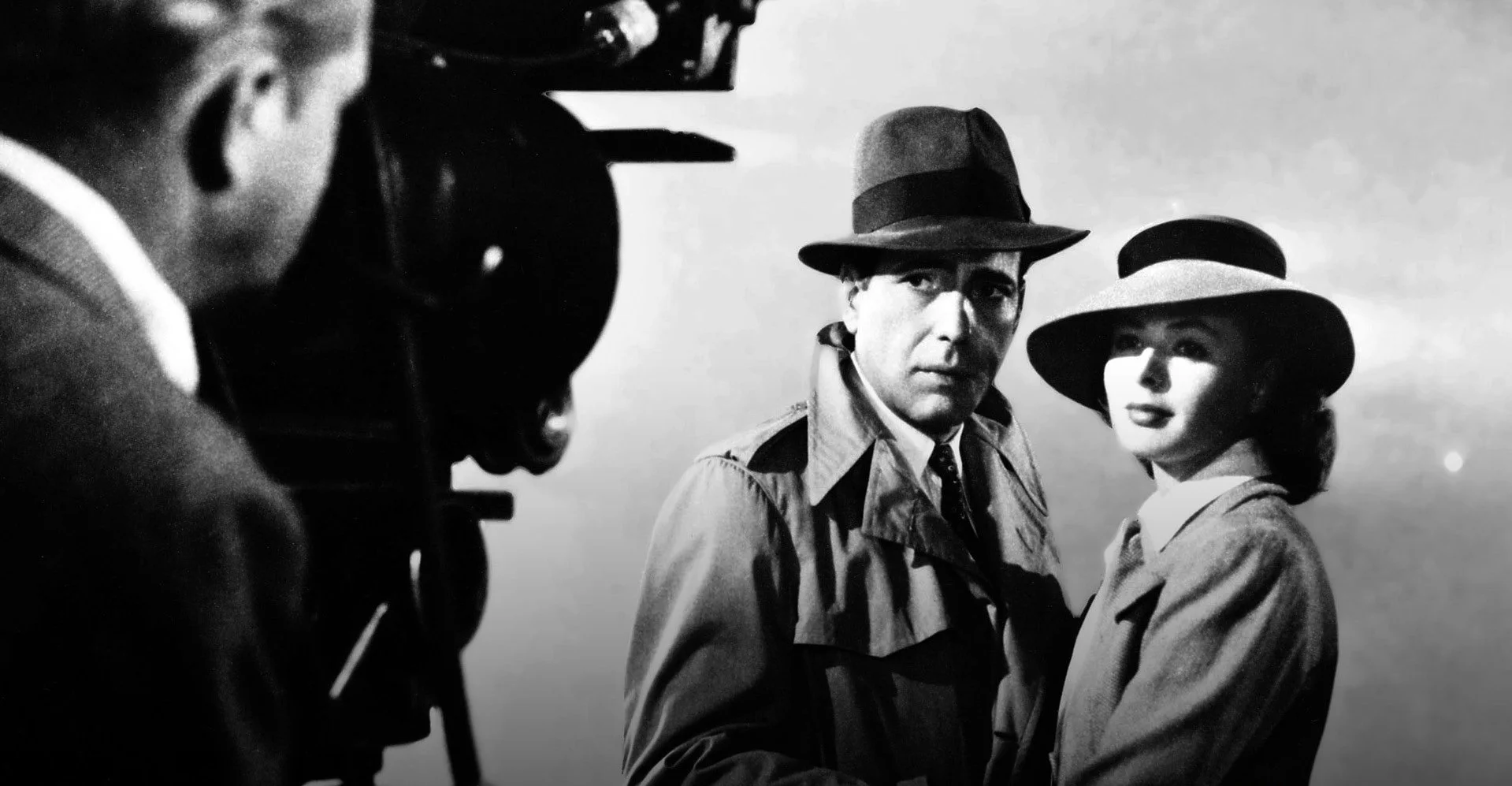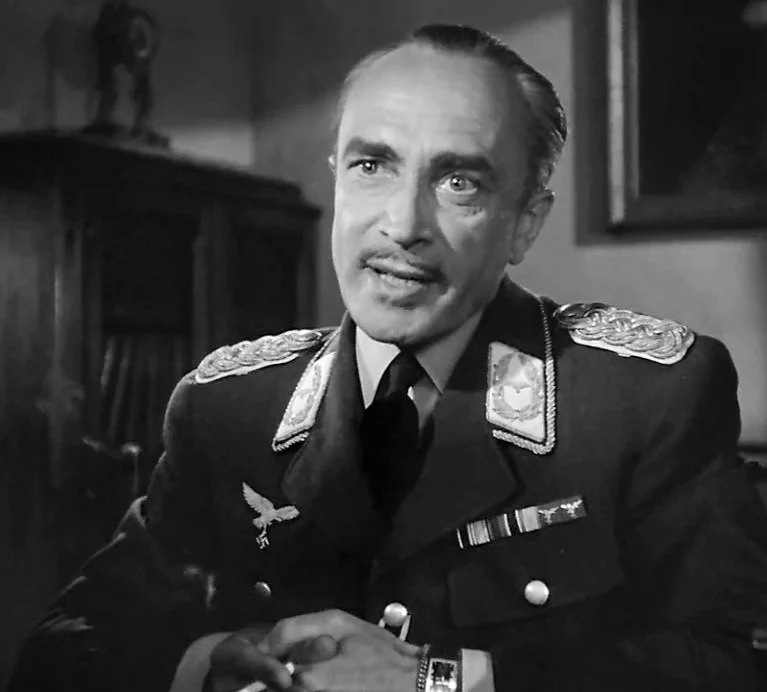WHEN HOLLYWOOD READIED AMERICA FOR WAR
→
In just three years, America changed
As early as 1936, leaders in Hollywood like Jack and Harry Warner, Irving J. Thalberg, Samuel L. Goldwyn, and David O’Selznick were publicly recognizing the threat of fascism in Europe and North America to the American way of life. Despite accusations that they were undermining the natural pacifism in the American people, the studios and independent producers like Charlie Chaplin and Frank Capra developed an increasing number of films that dramatized the danger of Nazi Germany and normalized the involvement of Americans in the U.S. military.
The most direct set of films dramatized the danger of fascism to America, including Black Legion (Warners 1937), and Meet John Doe (Warners 1941). Likewise, Confessions of a Nazi Spy (Warners 1939) bypassed censorship by dramatizing a recent federal prosecution of Nazi-supporting Americans for aiding German espionage against the U.S. military.
As the U.S. began preparing for war, “You’re in the Army Now (Warners 1941) and Buck Privates (Universal 1941) showed what would happen if American comedians were allowed to get laughs by causing chaos in the U.S. Army.
Sergeant York (Warners 1941), although set in the First World War, addressed the fundamental moral issue of war with a based-on-a-true-story about a devoutly religious pacifist who is convinced to go to war and becomes a celebrated hero after slaughtering dozens of Germans.
Another group of Hollywood films showed Americans fighting for freedom by serving in the militaries of other countries. In Flying Fortress (Warners 1942), and A Yank in the R.A.F. (20th Century Fox 1941), the American hero flies airplanes made in U.S. and bought by the British, while Flying Tigers (Republic 1942) sent John Wayne to fight against Japan on behalf of Nationalist China.
The most enduring films showed the effects of the Nazi regime on the people of Europe, and includes one film that many still consider the greatest ever made.
Ironically, several of these films are comedies; one of which is an all-time classic: The Great Dictator by Charlie Chaplin (United Artists 1940), To Be or Not to Be (United Artists 1942), and two Three Stooges shorts, You Nazty Spy! (Columbia 1940) and I’ll Never Heil Again (Columbia 1941).
Gallstone [Goering]: You were going to blitzkrieg Great Mitten [Great Britain] by the middle of August. Then you said Septober. Then Octember. It’s now in the middle of Novander and we ain’t there yet!
Hailstone [Hitler]: Well no vander: I didn’t say what year!
From I’ll Never Heil Again (1941).
Mrs. Miniver (MGM 1942) dramatizes the impact of German bombing of Britain, by leading us through the lives and losses of a typical English middle class family in a previously peaceful corner of southern England.
Over a year before Mrs. Miniver reached the screens, Warner Brothers distributed a nine minute documentary produced by the British Government showing Britons defying the destruction wrought by Nazi bombers during the Battle of Britain, London Can Take It! (Warners 1940), that has lost none of its inspirational power. Variety, Box Office, and the Hollywood Reporter all praised it enthusiastically, as this simple little film helped sway American public opinion during the autumn of 1940.
The tensest dramas show the terror of living under Nazi rule . The Mortal Storm (MGM 1940) shows the Gestapo using their unbridled power to terrorize ordinary Germans. Underground (Warners 1941) inventively depicts Germans resisting Nazism by broadcasting news from a secret radio station in Germany.
Finally, Casablanca (Warners 1942) shows an American living under Nazi domination, forced to decide whether to risk his life to oppose injustice, or take advantage of the situation like seemingly everyone else around him.

